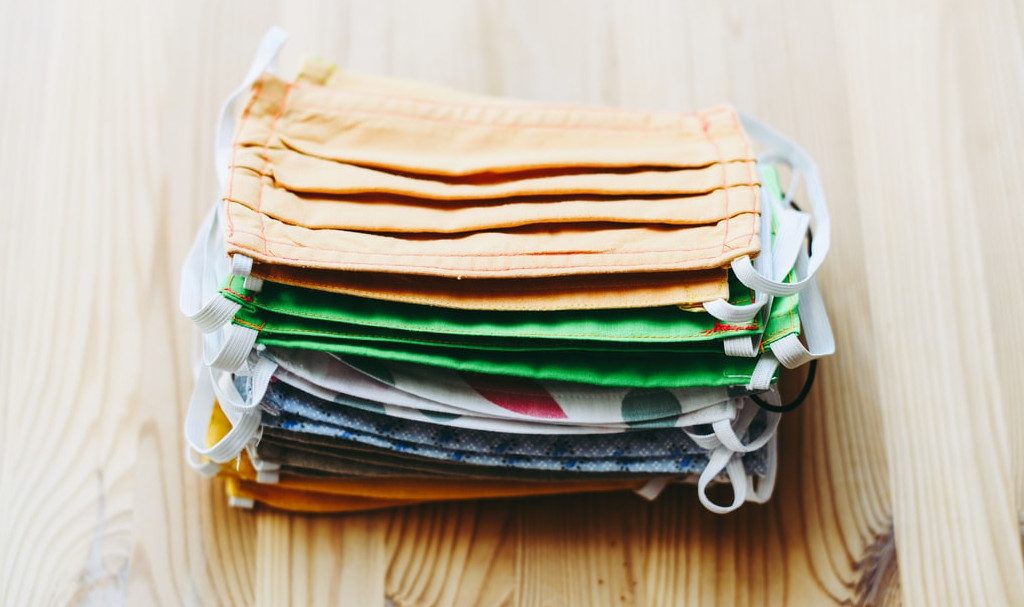AsianScientist – Home-made cloth face masks likely need a minimum of two layers, and preferably three, to stop the spread of COVID-19, finds a study published today in the journal Thorax.
Viral droplets from the nose and mouth are generated during coughing, sneezing or speaking. Face masks protect healthy people from inhaling infectious droplets as well as reducing the spread from those who are already infected, but worldwide shortages of surgical face masks have led health agencies such as the US Centers for Disease Control (CDC) to recommend alternatives such as home-made cloth face coverings.
Researchers at the University of New South Wales therefore compared the effectiveness of single and double-layer cloth face coverings (175 g/m² cotton fabric, with a thread count of 170 inch) with a three-ply surgical face mask (by medical face mask maker Bao Thach) at reducing droplet spread.
The single layer covering was made from a folded piece of cotton T-shirt and hair ties, while the double layer covering was made using the sew method, as set out by a guide on home-made cloth face coverings on the CDC website.
Using a tailored LED lighting system and a high-speed camera, they filmed the dispersal of airborne droplets produced by a healthy person during speaking, coughing and sneezing, and while wearing each type of mask.

Video comparison of no face covering (top left), with a one-layer cloth mask (top right), a two-layer cloth mask (bottom left) and a surgical mask. Source: UNSW.
The video recording showed that the three-ply surgical face mask was the most effective at reducing airborne droplet dispersal. A double-layer cloth face covering was better than a single layer in reducing the droplet spread from coughing and sneezing.
“We did not test more than two layers, but generally, more layers are better. For example, a 12-layered cloth mask is about as protective as a surgical mask, and reduces infection risk by 67 percent,” said PhD candidate Prateek Bahl, the first author on the study.
To make cloth masks more effective, Bahl suggests the following tips: Use a mask with at least three layers; use a water-resistant fabric for the outer layer; choose fabric with a high thread count and a tighter weave; choose hybrid fabrics as they provide better filtration and comfort; use a fitting mask with a tight seal on your face; and wash your mask daily after use.
“Guidelines on home-made cloth masks should stipulate multiple layers. There is a need for more evidence to inform safer cloth mask design, and countries should ensure adequate manufacturing or procurement of surgical masks,” the authors say.
The article can be found at: Bahl et al. (2020) Face Coverings and Mask to Minimize Droplet Dispersion and Aerosolization: A Video Case Study.
———
Source: British Medical Journal; Photo: Vera Davidora/Unsplash.
Disclaimer: This article does not necessarily reflect the views of AsianScientist or its staff.








